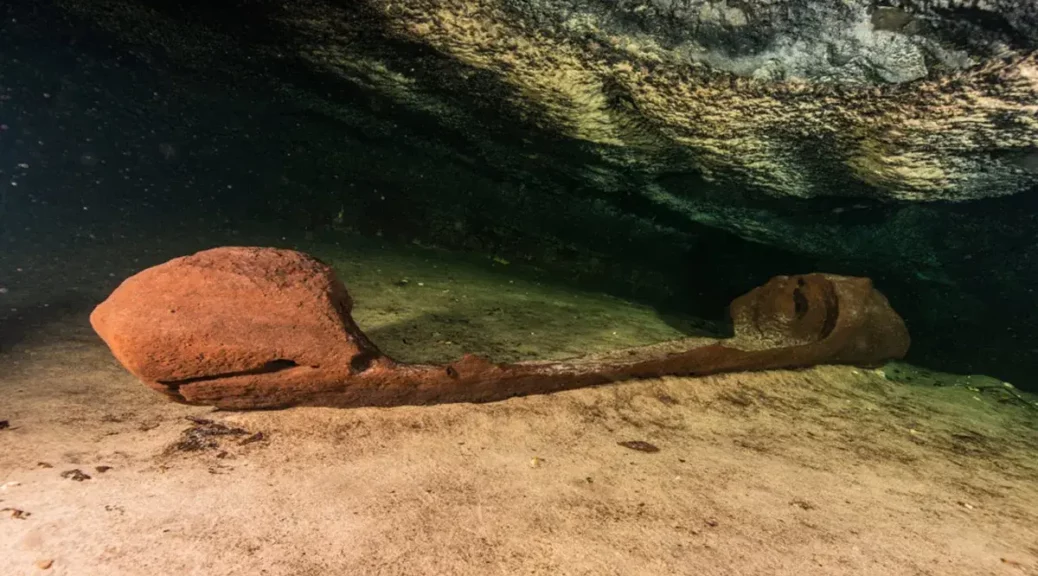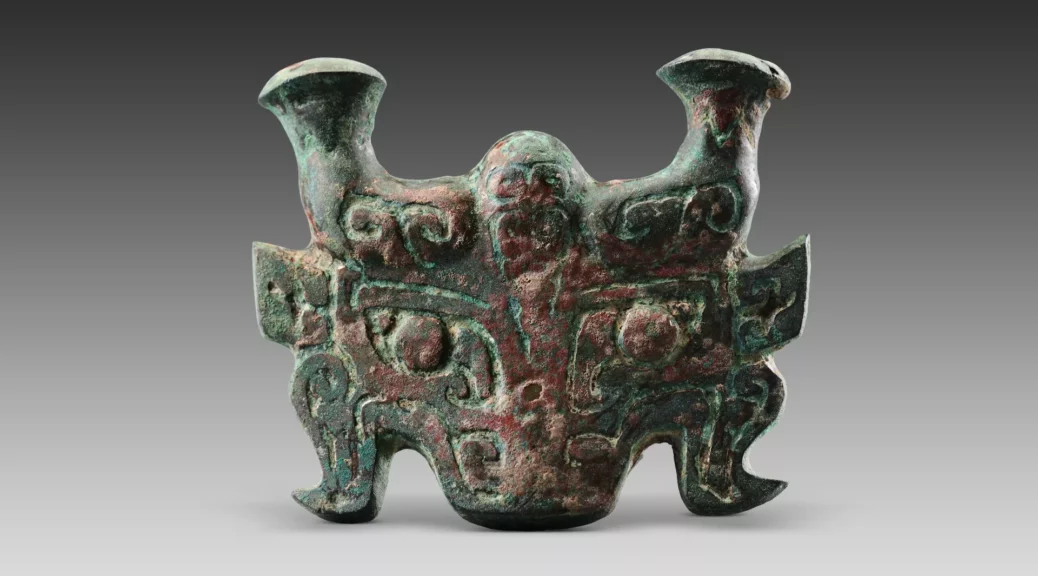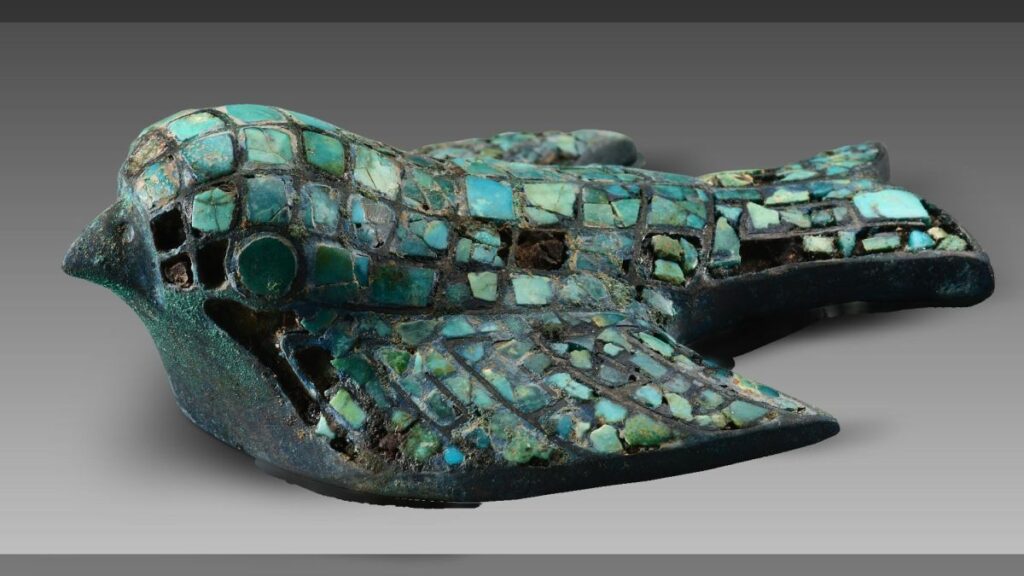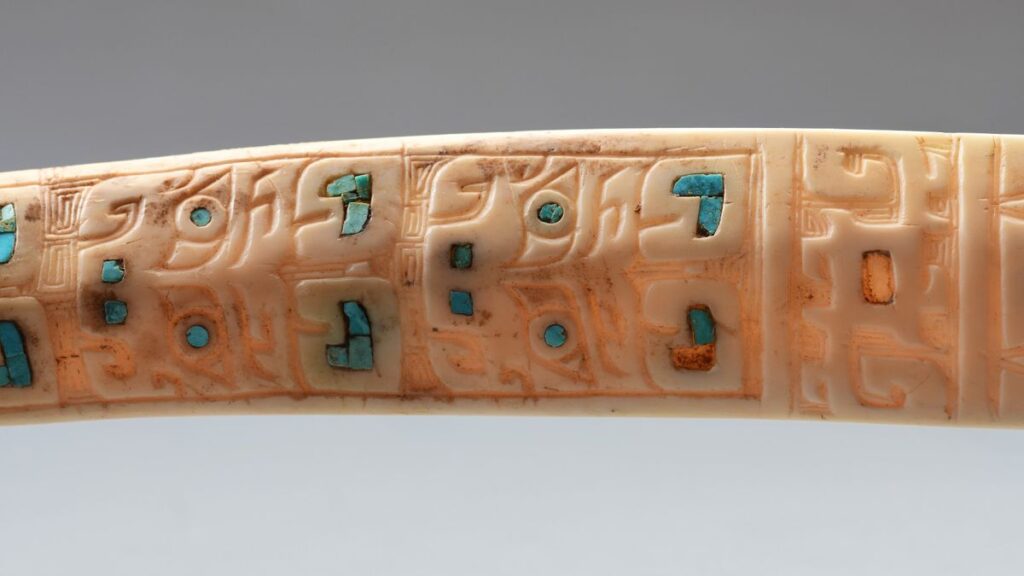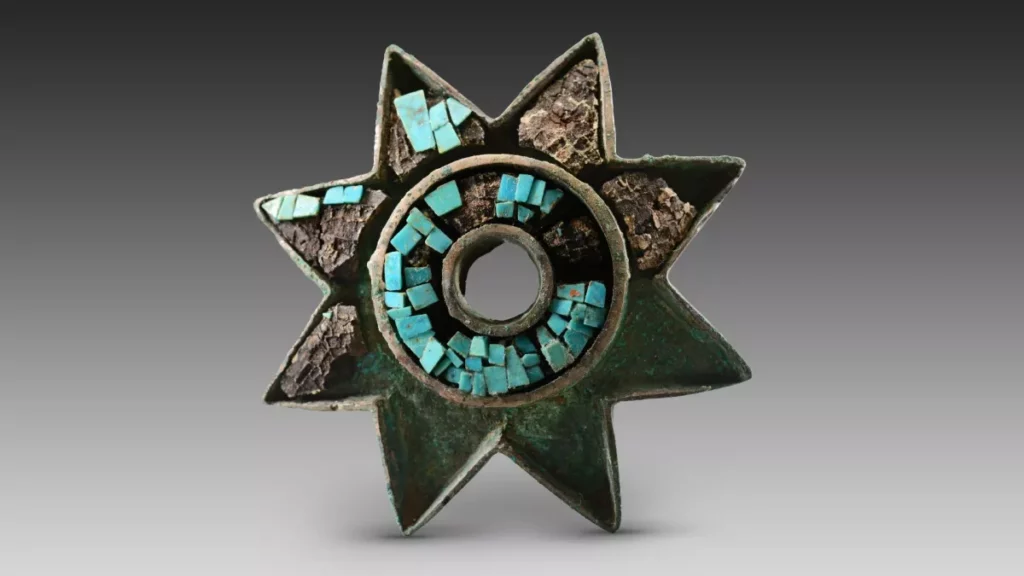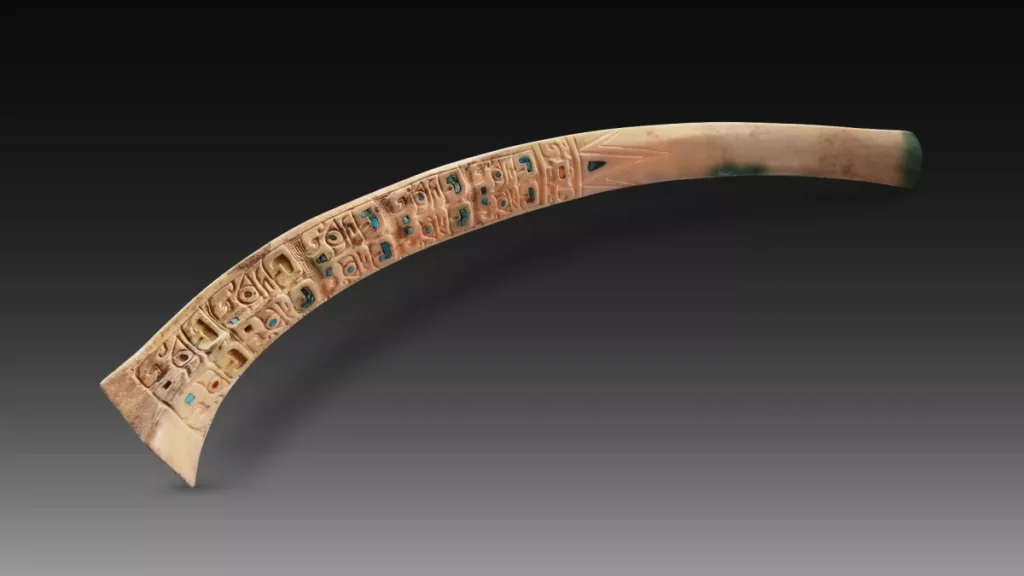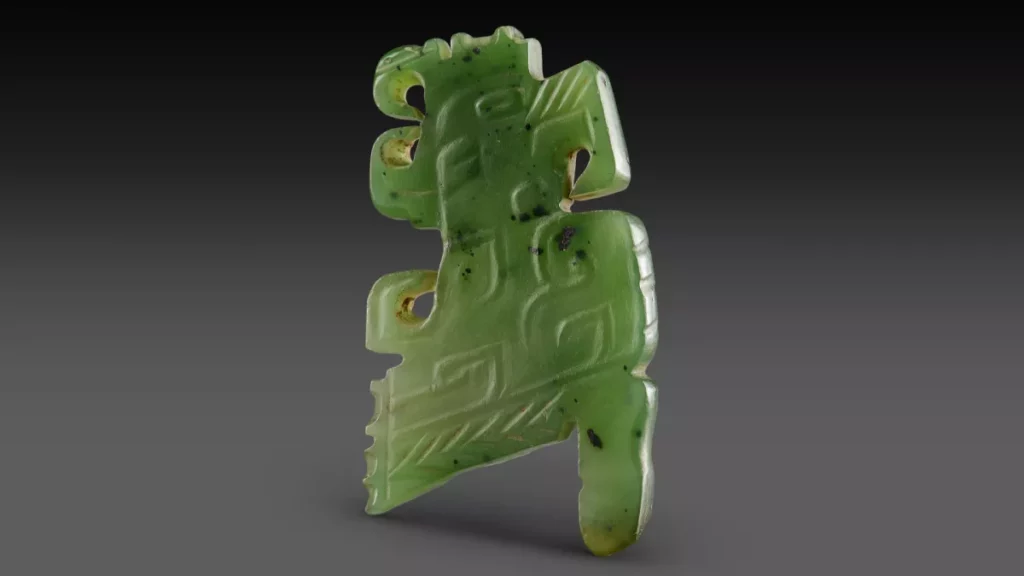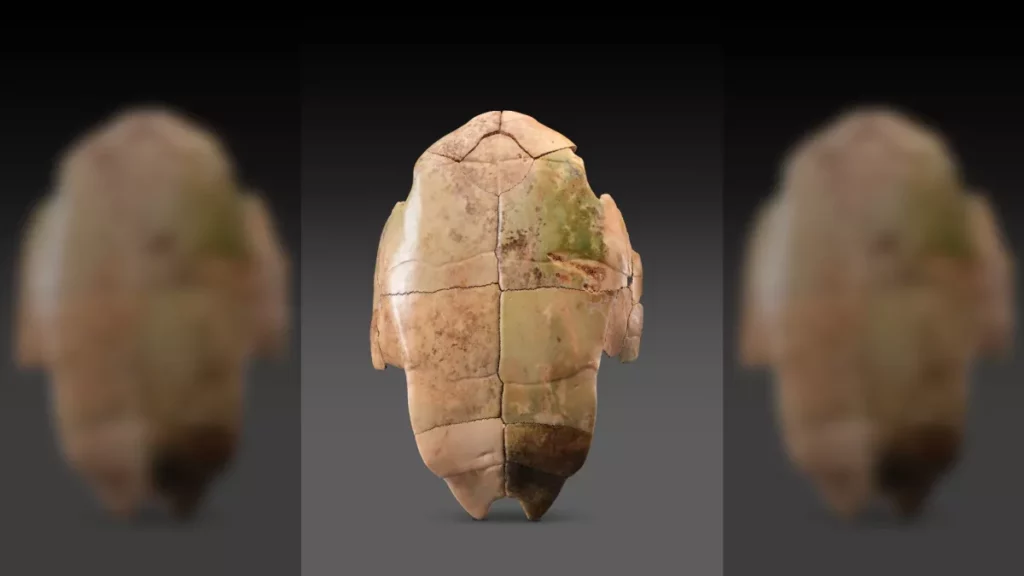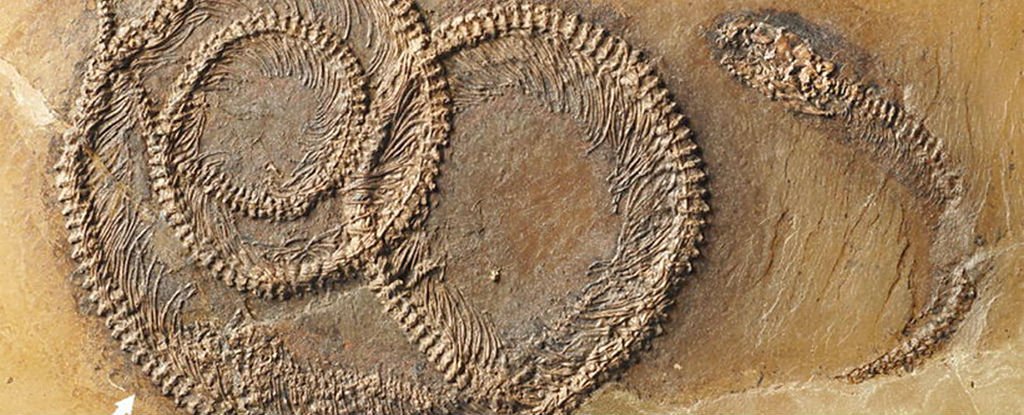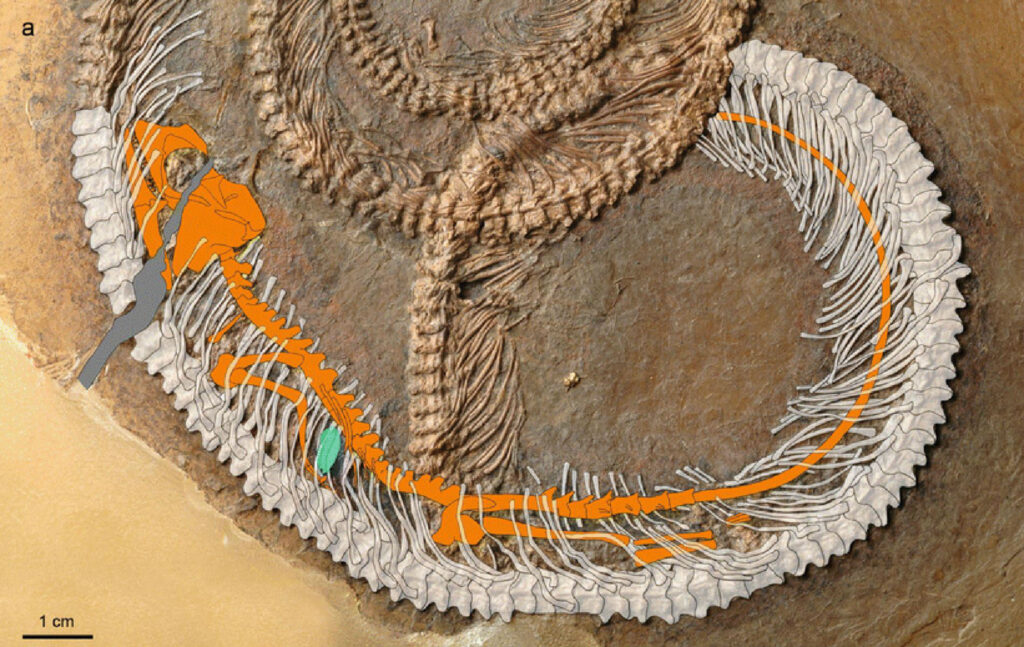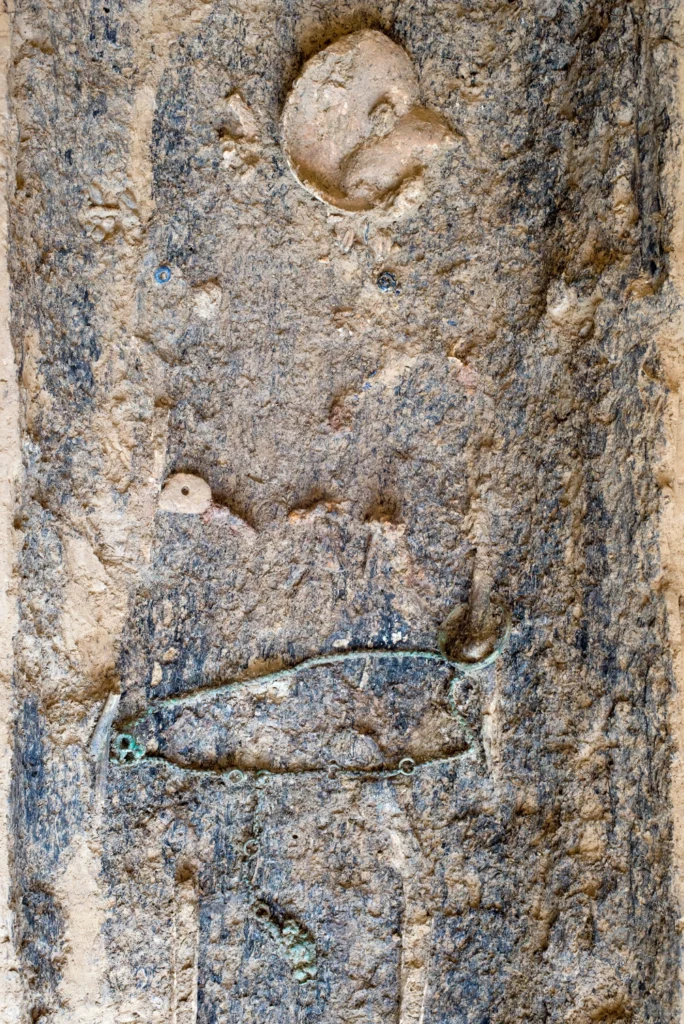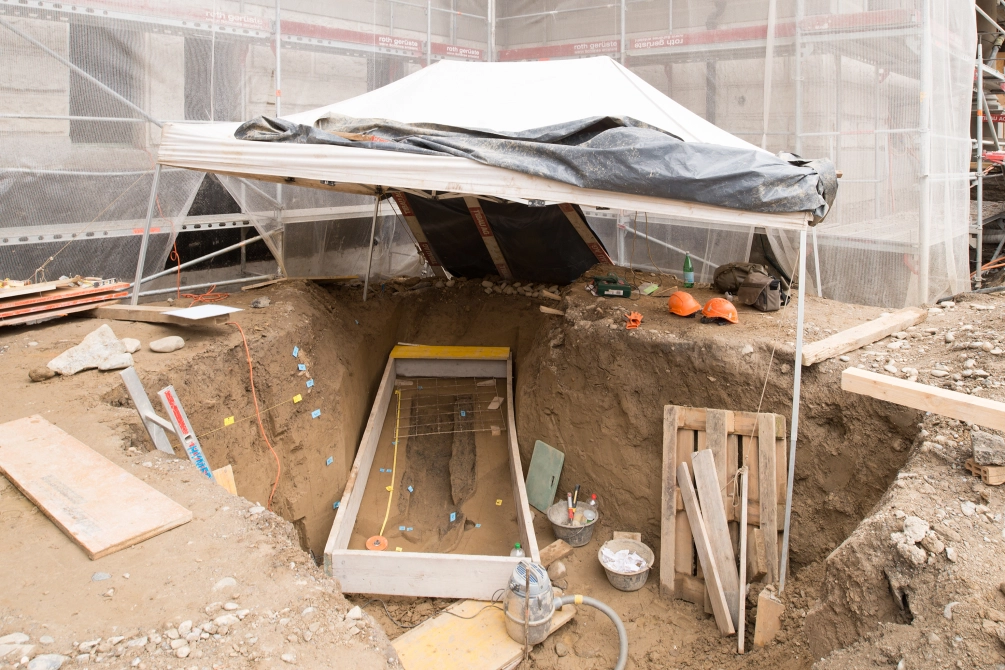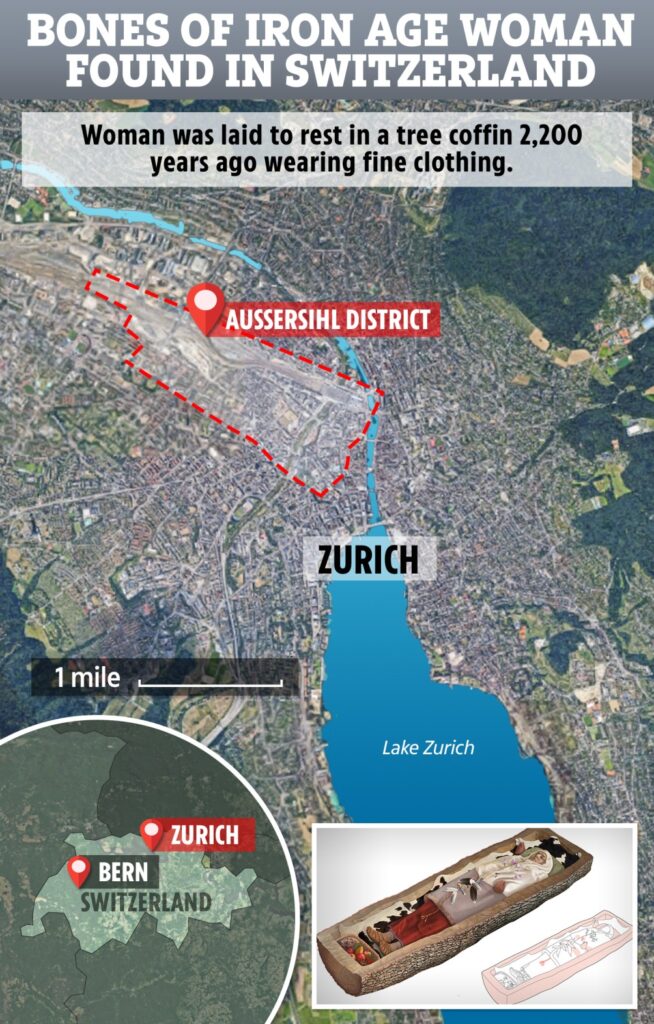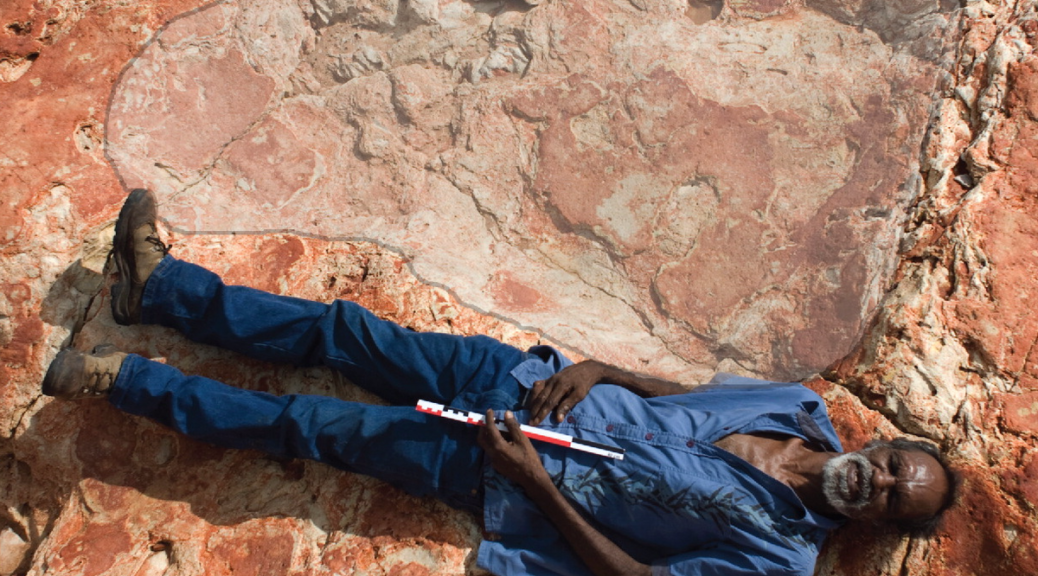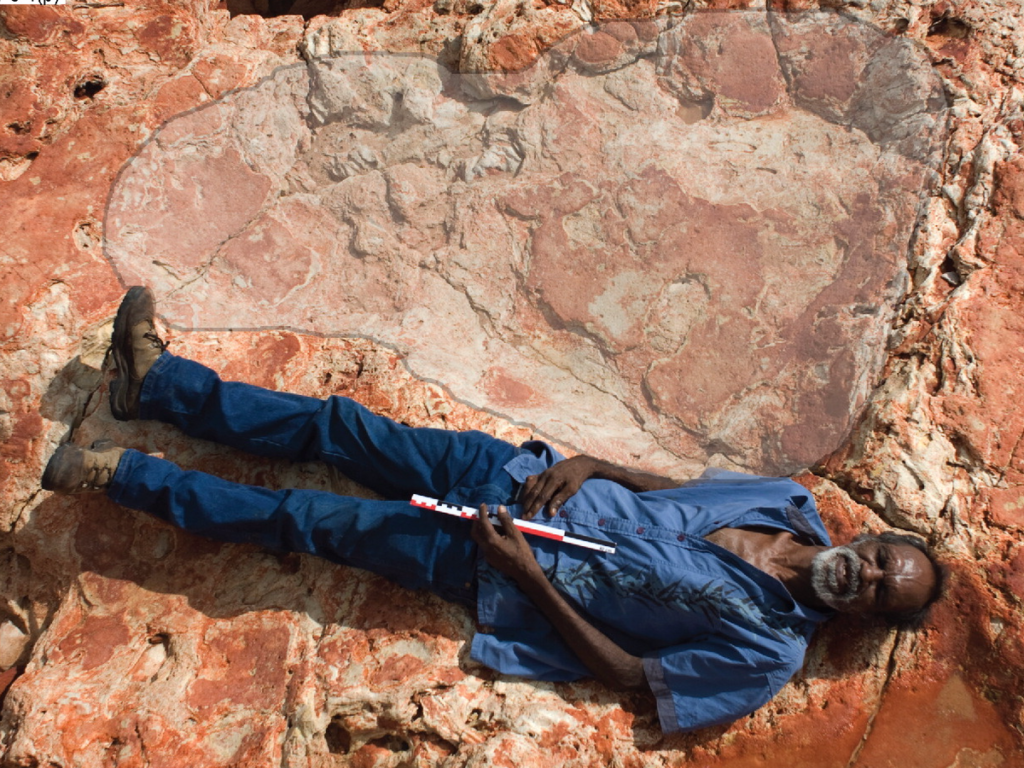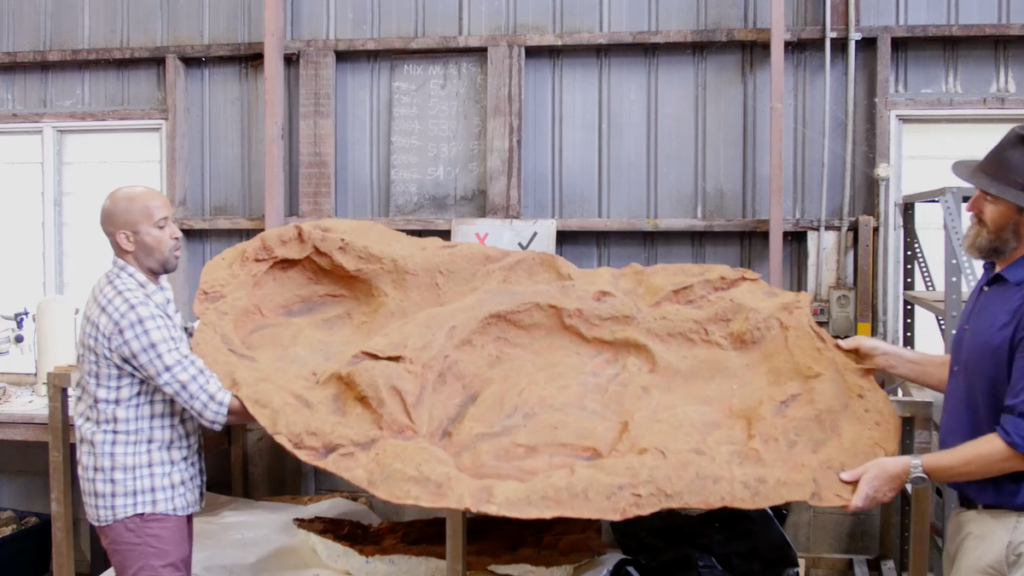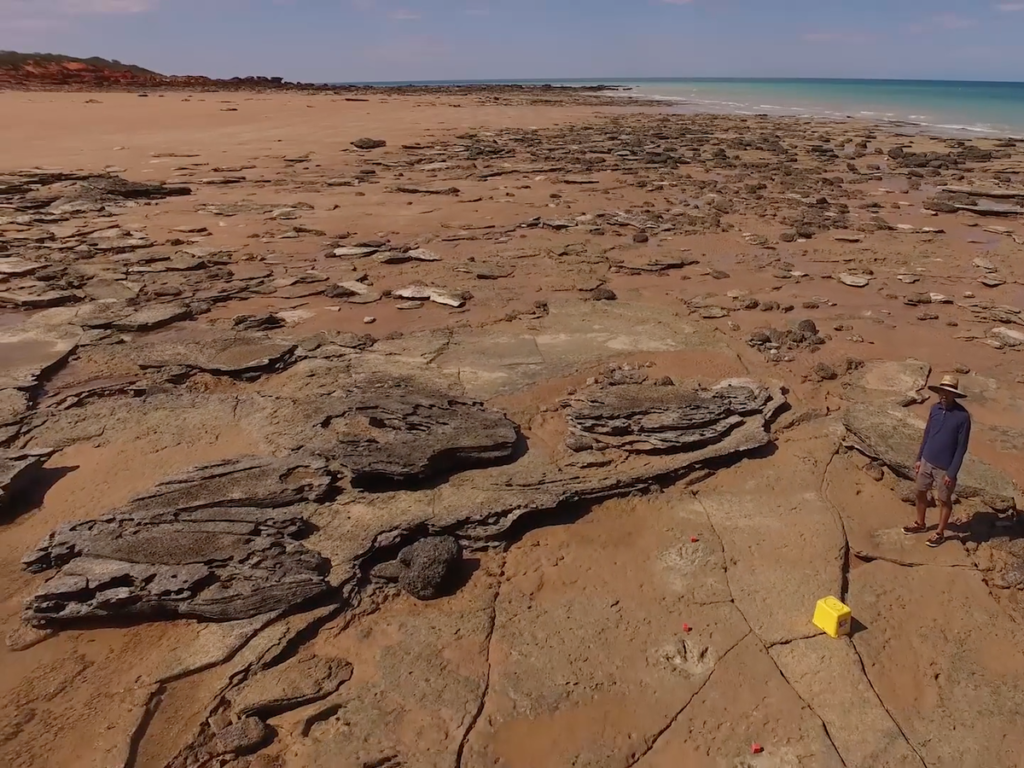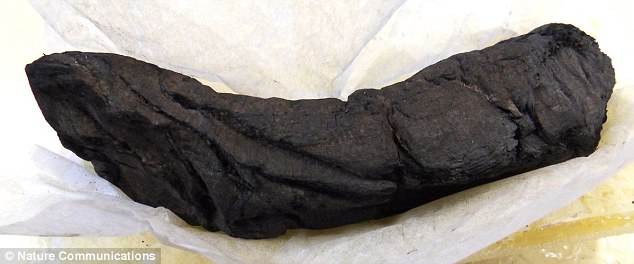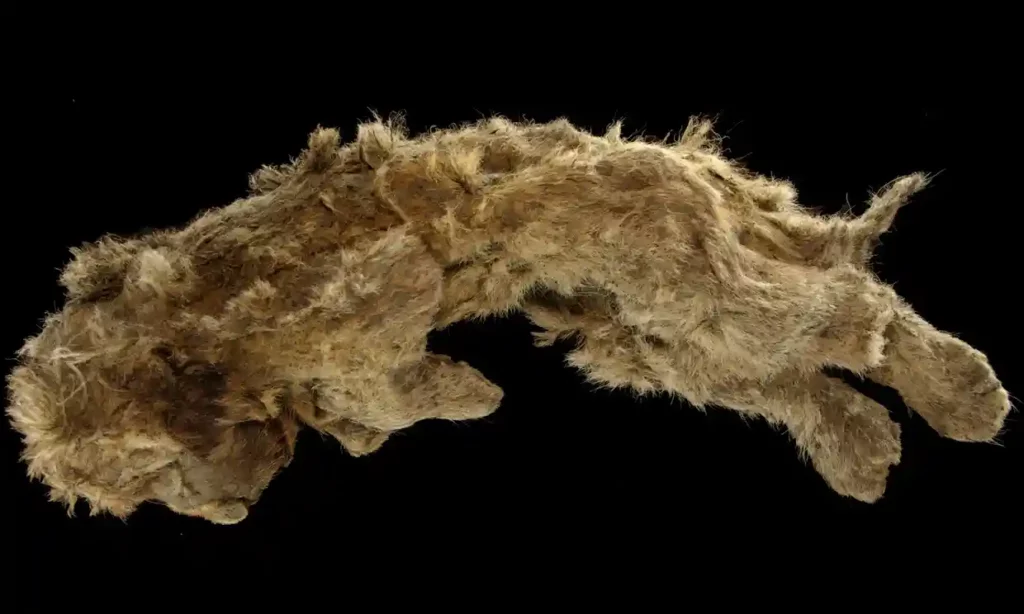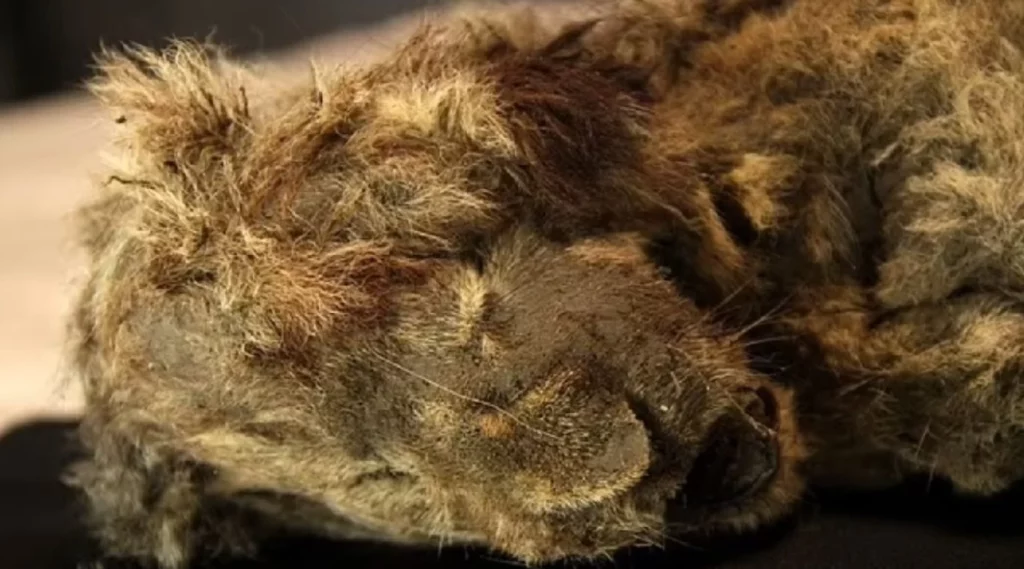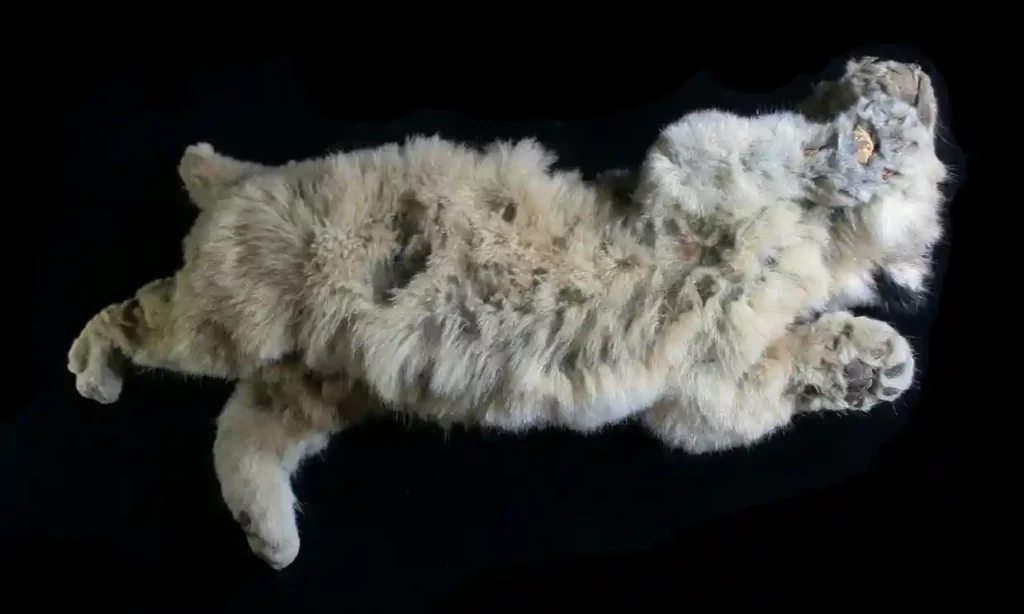Surrounded by bones, ancient Maya canoe may have been used in rituals
In 2021, underwater archaeologists from the National Institute of Anthropology and History (INAH) in Mexico located a mysterious canoe inside an underwater cave near the Maya city of Chichén Itzá. It was found while workers were building a tourist rail project as part of the archaeological rescue work.
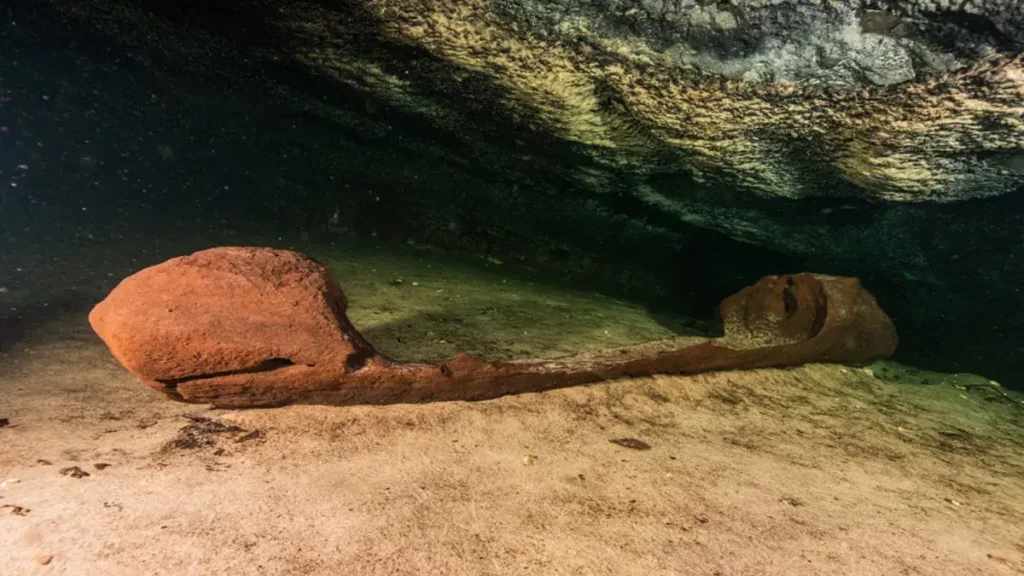
It was revealed that the wooden canoe was surrounded by 38 bone remains, including a human metatarsal, armadillo, dog, turkey, and eagle bones.
Based on the initial studies in laboratories in Mexico and abroad, experts concluded that due to the presence of the large variety of bones, the boat was possibly used by the Maya in an ancient ritual before it was placed in the cavern and was flooded.
Signs of ritual
The armadillo, as per the Maya, was considered an avatar of the underworld deity commonly known as God L, who wears a cape that mirrors the design of the armadillo’s shell.
The archaeologists commented that the remains of the armadillo, which could swim easily underwater whilst holding its breath and holding its claws to the ground, would be “an allusion to the entry of said animal into the underworld.”
“There are known images in Mayan ceramics in which [the armadillo] appears as a ‘stool of the gods,’ with characters that place their feet on it,” stated Alexandra Biar, an archaeologist from the French National Center for Scientific Research (CNRS). “This would be directly linked to the archaeological evidence observed in the cenote,” with the armadillo serving as a manifestation of the deity.
Archaeologists Jesús Gallegos, along with Biar stated that the morphology of the boat itself also supports the ritual use of the canoe; since having a very heavy bow and stern, its navigation capacity should have been limited in more dynamic waters; hence they do not rule out that it had been created for symbolic purposes, they said in a statement.
Earlier claims refuted
It was also earlier reported that the Mayan canoe is tentatively dated between 830-950 AD, near the end of the Maya civilization’s classical zenith, when dozens of cities across present-day southern Mexico and Central America thrived amid major human achievements in math, writing, and art.
But after studying the wood of the canoe, Biar pointed out that the analyses for carbon 14 have shown that the organic material dates from the 16th century and not from the classical zenith period.
Measuring 1.6 meters in length and 80 cm in width, it was earlier believed that the canoe was used to transport water from the cenote or deposit ritual offerings, as per INAH.
Earlier last month, Interesting Engineering reported that INAH had discovered the ruins of an ancient Mayan city in the deep jungles of Mexico. Archaeologists named the city Ocomtun, which means “stone column” in the Yucatec Maya language.
